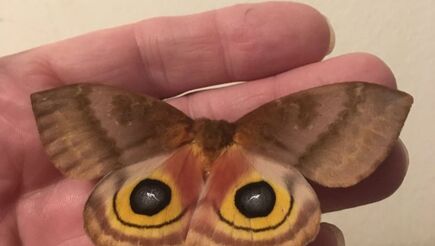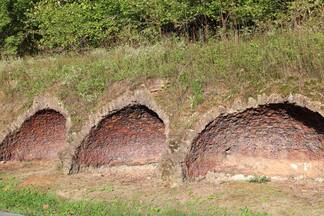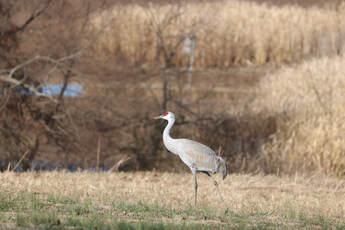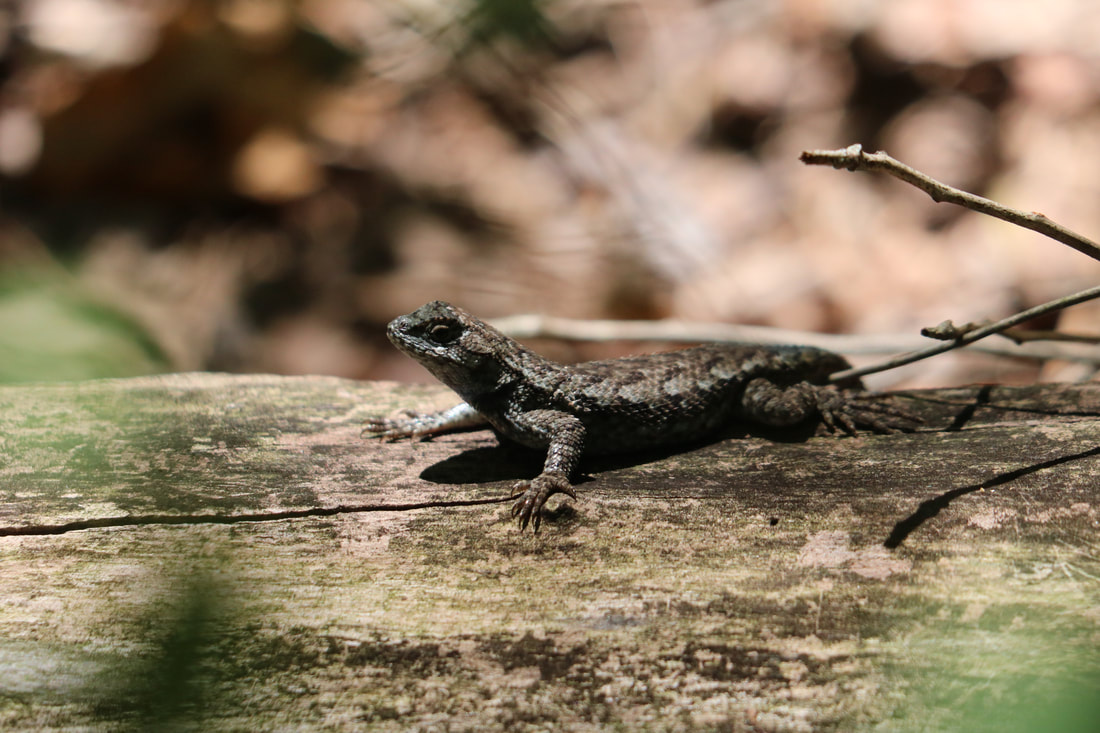
Late August Collage: A Lyric Essay
Begin with the yellow flowers of a Jerusalem artichoke. Make strands of its essence. They are warp and woof, a framework for your tapestry.
Weave in the golden-brown of coreopsis, the pink of coneflower. Add the red fireweed, and you have made a start. Weave in the rich brown feather of a wren dropped near her empty nest.
Eggshells make a nice touch if you can find them.
Hang your tapestry from a hickory branch. Let it ripen with the nuts.
When the time is right, add lichen: the kind known as old man's beard, the ephemeral green vessels called pixie cups, the red-topped British soldiers.
Let it bake in the August sun and steep in the lightning of sudden storms. It will hide its eyes from the pounding rain and soften in the nurturing mists.
Now your tapestry is ready to receive the gentle songs of chickadees and nuthatches. Let the pileated woodpecker drop chips from his drill as he feeds on carpenter ants. A few will stick.
Seek the help of a spider. Her silk will bind the work together. Hang your tapestry on your wall if you must. When spiderlings hatch from its thread, you will understand that it belongs in the woods. This change will happen at the time of day when the buzzing of cicadas gives way to the trills of katydids.
Hang it on your porch. Let the light from Altair and Deneb illuminate its recesses. It will waffle in the breeze of early morning as bats retire to take their daytime rest.
Ask yourself: have I woven this tapestry, or has it woven me?
A slightly different version of "Late August Collage" appeared in Catalpa Magazine. Downloadable files of this magazine appear here: Catalpa | UTC Scholar | Student Research, Creative Works, and Publications | University of Tennessee at Chattanooga



 RSS Feed
RSS Feed